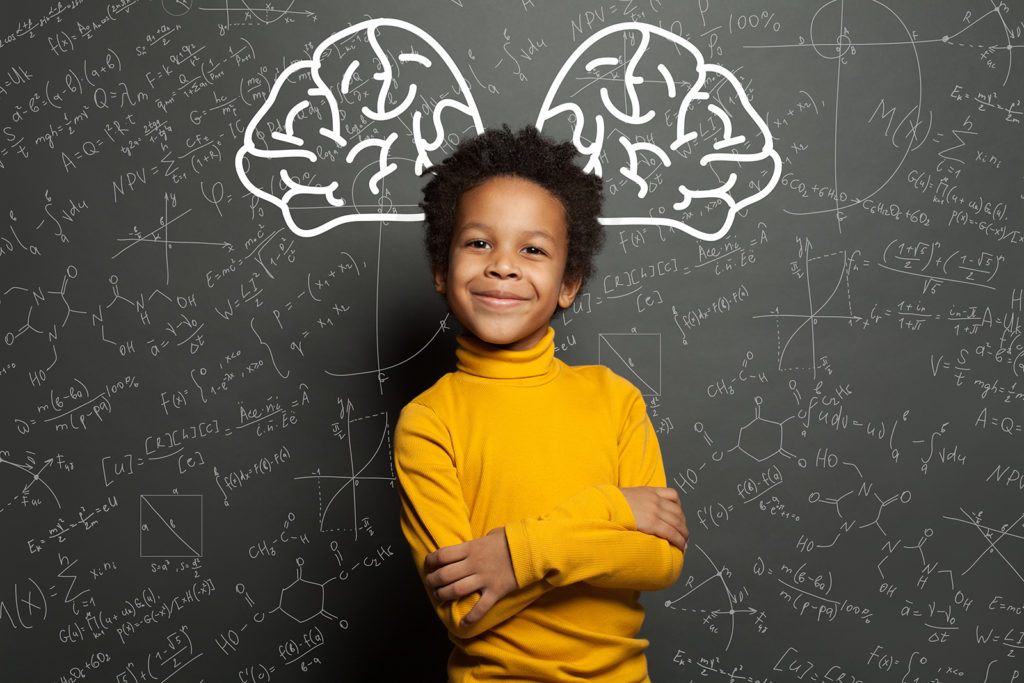
It is estimated that 15-30% of children and adolescents globally have learning difficulties. Learning difficulties or learning disabilities, as known in North America, are conditions that affect children’s abilities to learn, specifically when compared to their peers. Learning difficulties may affect essential learning skills, such as reading, writing, and math. Moreover, they can hinder long or short-term attention, memory, and high-order thinking skills, such as time management, evaluation, critical thinking. Learning difficulties cover a wide range of conditions from dyslexia (difficulty reading words accurately) to dysgraphia (impaired handwriting, problems with spelling or putting thoughts on paper) and dyscalculia (difficulty in interpreting arithmetic). It is important to note that there are other disorders that can disrupt learning; these include attention deficit hyperactivity disorder (ADHD) and autism. Despite not being considered a learning difficulty, ADHD can disrupt learning; children with ADHD have problems staying still, following instructions, and staying focused. Autism is a developmental disability that makes it difficult for children to communicate, read body language, make friends, and learn necessary skills.








